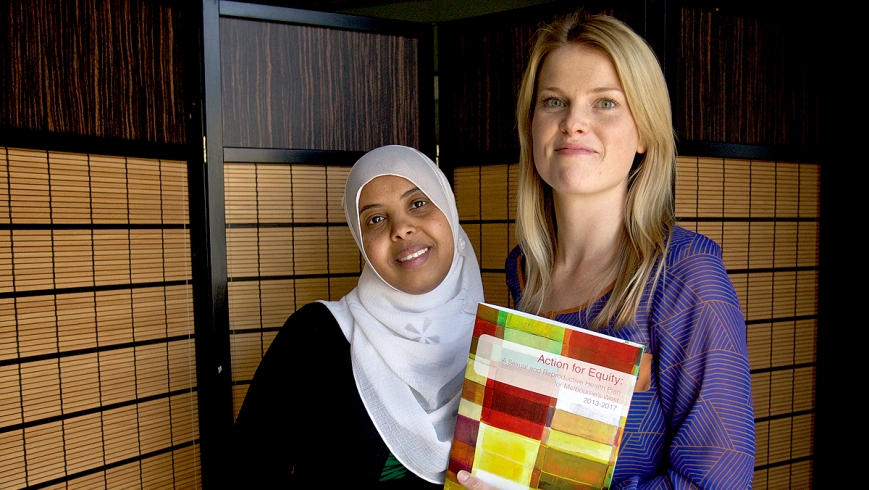Sex education and access to health services must be greatly improved if increases in sexually transmitted infections are to be stemmed, according to Women’s Health West (WHW).
Figures released last week show that gonorrhoea cases rose by 90 per cent in Maribyrnong (55 cases) and 72 per cent in Hobsons Bay (31 cases) in the two years to 2011. Chlamydia cases rose 48 per cent in Maribyrnong (253) and 31.5 per cent in Hobsons Bay (267).
Syphilis was also up, by 7 per cent in Maribyrnong (32) and 12 per cent in Hobsons Bay (19).
WHW chief executive Robyn Gregory said the west was lagging behind the rest of the state on a range of sexual and reproductive health indicators. “Sexually active young people are less likely to report practising safe sex with a condom, and our cervical screening rates are significantly lower than the state average,” Dr Gregory said.
Launching a new four-year plan to improve sexual and reproductive health in the west, WHW revealed that Hobsons Bay adolescents were the least likely in Melbourne’s west to use a condom. Only 38.5 per cent of Hobsons Bay teenagers reported using a condom, compared with 62 per cent in Maribyrnong.
WHW health promotion co-ordinator Elly Taylor said a lack of knowledge was underpinning rising STI rates. “Condom access is a massive contributor, as is access to health services,’’ she said. “Syphilis, chlamydia and gonorrhea are treatable though can often be asymptomatic so we recommend regular sexual health checks. All are preventable through condom use.
“Syphilis and chlamydia, if left untreated, can lead to infertility in both women and men. Newly arrived migrants may not know what’s available. Some come to Australia with poor health outcomes in place. But this is a problem across the board; it’s not just exclusive to migrants and refugees.’’
Fifty five per cent of Maribyrnong women and 58 per cent of Hobsons Bay women had a pap test in 2010 and 2011. Ms Taylor said women were advised to have the test, which detects changes to the cervix before cervical cancer develops, every three years.
“It’s an incredibly important check that can prevent and detect cervical cancer.”








